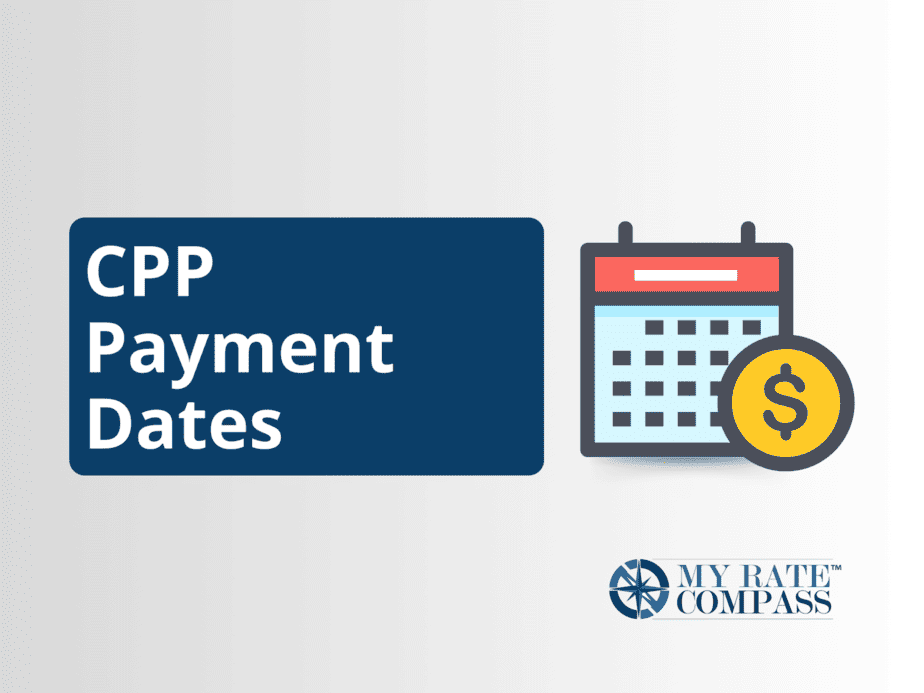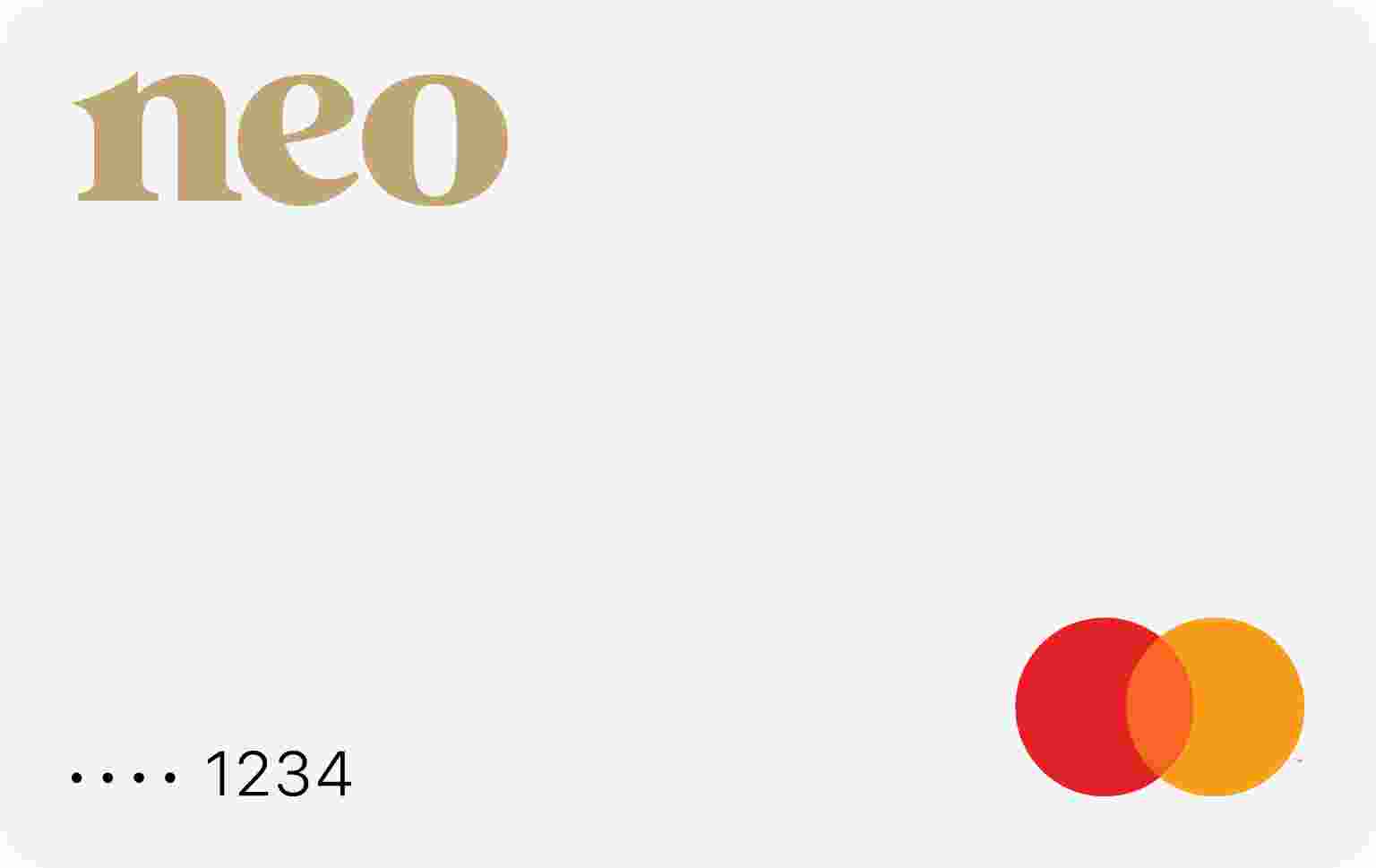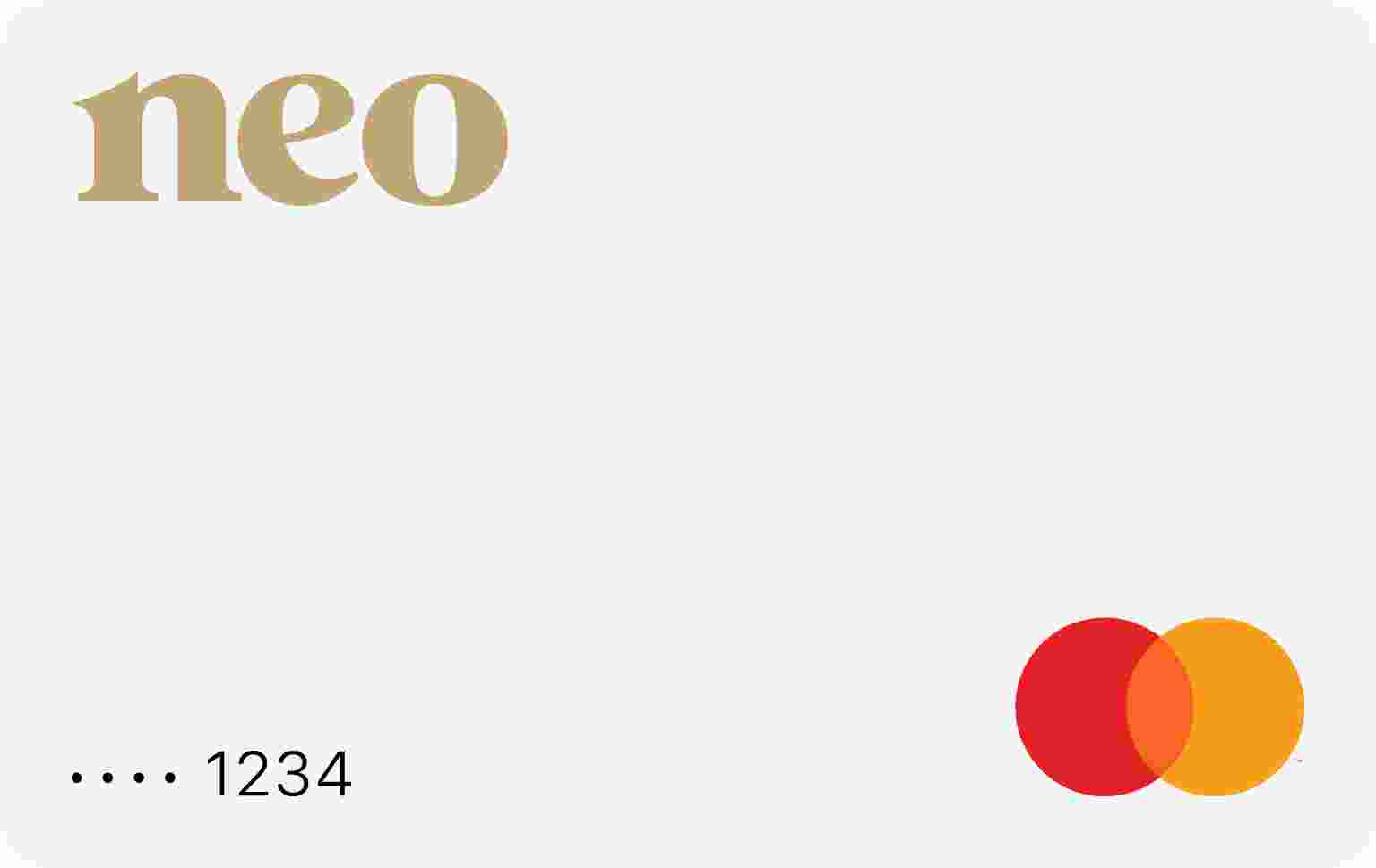Are you a Canadian resident who has recently lost their job? If so, you may be eligible for Employment Insurance (EI) benefits. Understanding the payment dates and how much you can expect to receive is crucial for effective financial planning. In this comprehensive guide, we will walk you through all the essential details regarding EI payment dates in Canada for 2025. So, let’s dive in and explore the benefits, eligibility criteria, application process, and more.
Employment Insurance in Canada: An Overview
Employment Insurance (EI) is a government-funded program that serves as a financial safety net for Canadians who have lost their jobs through no fault of their own. Whether you were laid off, experienced a contract expiry, or faced workplace harassment or discrimination, EI provides temporary financial support to help you during your job search. The program is overseen by the Canada Employment Insurance Commission (CEIC) and administered by Service Canada.
How Much Can You Receive from EI?
The exact amount you can receive from EI depends on various factors, such as your average insurable weekly earnings and the duration of your benefits. In general, most applicants receive up to 55% of their average insurable weekly earnings, with a maximum weekly benefit of 0. However, the specific calculation is done by the government once they receive and process your application.
Applying for EI: A Step-by-Step Guide
Applying for EI benefits in Canada is a relatively straightforward process. Here is a step-by-step guide to help you navigate through the application process:
Gather Required Information: Before starting your application, make sure you have the following information readily available:
- Social Insurance Number (SIN)
- Mailing and residential addresses
- Banking information for direct deposit
- Employment records for the last 52 weeks
- Detailed explanation of why or how you lost your job
Complete the Application: Visit the official Canadian government’s website and apply for EI online. The application typically takes about an hour to complete, assuming you have all the necessary information on hand. If you cannot complete the application in one sitting, you can save your progress and return within 72 hours.
Submit Your Application: Once you have filled out all the required fields, review your application for accuracy and submit it online. After submitting, you will receive a confirmation number for future reference.
Wait for Confirmation: After submitting your application, the government will review your eligibility for EI benefits. The confirmation process usually takes about 28 days. If approved, you will receive a notice outlining the benefits you are entitled to and the start date of your payments.
EI Payment Dates: What to Expect
Unlike many Canadian financial support programs that have fixed payment dates, EI payment dates vary for each individual. After your application is approved, you can expect to receive your first payment approximately 28 days after submitting your application. The first payment will cover the benefits you are entitled to starting from the second week, as the initial week following your application is designated as a waiting period.
Once you start receiving EI benefits, you will continue to receive payments every two weeks. The exact payment dates depend on the day you complete your bi-weekly report, which is a requirement to maintain your EI benefits. If you complete your report on time, you can expect to receive your payment in a few weekdays after submission. However, delays may occur if reports are filed late or if you opt for receiving payments by mail instead of direct deposit.
EI Eligibility Criteria
To be eligible for EI benefits, you must meet certain criteria set by Service Canada. Here are the key requirements you need to fulfill:
Worked Enough Hours: You must have worked in insurable employment for a specific number of hours during the qualifying period. The number of hours required ranges from 420 to 700, depending on the unemployment rate in your area.
Lost Your Job Through No Fault of Your Own: You should have lost your job due to reasons beyond your control, such as layoffs, contract expiry, workplace harassment, or company closure. Voluntarily leaving work or being dismissed for misconduct may disqualify you from receiving EI benefits.
Actively Looking for Work: You must be actively seeking new employment and be capable and available to work. This is typically demonstrated by completing bi-weekly reports on your job search activities.
Understanding the Waiting Period
When you apply for EI benefits, the initial week following your application is considered a waiting period. This waiting period is similar to a deductible in other insurance categories. During the waiting period, you are not eligible to receive any benefits. However, it is still essential to apply during this period as your benefits will be calculated from the second week onwards.
Reporting Requirements and Maintaining EI Benefits
To continue receiving EI benefits, you must fulfill certain reporting requirements. This includes completing a bi-weekly report on your job search activities, income earned during the period, and any other relevant information. The report can be completed online or by phone and must be submitted on time. Failing to submit the reports can result in a discontinuation of benefits until the reports are filed.
Additional Benefits for EI Recipients
In addition to regular EI benefits, there are additional benefits available for specific circumstances. These include maternity and parental benefits, sickness benefits, compassionate care benefits, and more. Each benefit has its own eligibility criteria and payment structure. If you find yourself in one of these situations, it is important to understand the specific requirements and application process for each benefit.
When Will Your EI Benefits Stop?
There are several scenarios in which your EI benefits may stop. These include:
- Receiving all the benefits for the specified duration of your Employment Insurance
- Failing to provide the required bi-weekly report
- Requesting to terminate your current EI to file a new claim
- Starting full-time or part-time employment that exceeds the EI payment amount. In some cases, benefits may be adjusted rather than stopped if your new employment is only part-time or contractual.
Provincial Differences in EI Payment Dates
While the general guidelines for EI payment dates apply across Canada, there may be slight variations at the provincial level. Factors such as the unemployment rate in your region or the number of insurable hours you’ve accumulated can impact the duration and timing of your EI benefits. It is important to be aware of any provincial differences that may affect your specific situation.
Common Questions About EI Payment Dates
Q: Is EI paid weekly or every 2 weeks?
A: EI payments are made every two weeks, following the completion of your bi-weekly report.
Q: How do I find out when I will receive my EI payment?
A: Once you start receiving EI benefits, you can expect your payment every two weeks. If you have set up direct deposit, your bank’s mobile application or notification system can provide updates on your payment.
Q: How long will EI payments be made?
A: The duration of EI payments depends on the type of benefits you are receiving. Standard EI benefits can range from a minimum of 14 weeks to a maximum of 45 weeks.
Q: Do I receive payment in the first 2 weeks of EI?
A: The first two weeks following your EI application date are not covered by the program. The first week serves as the waiting period, and the second week is included in your first payment, which is issued approximately 28 days after your application date.
Conclusion
Understanding EI payment dates in Canada is essential for individuals who have recently lost their jobs and are relying on financial support during their job search. By knowing when to expect payments and how to maintain your benefits, you can effectively plan your finances and navigate through this transitional period. Remember to fulfill all the reporting requirements and stay informed about any provincial differences that may affect your specific situation






